5 Minutes
Huawei has unveiled the Mate 80 and Mate 80 Pro, two visually similar flagships that share a bold display, large battery and many core features — but differ where it counts: performance, charging speeds and telephoto optics. Here’s a hands-on look at what sets each phone apart.
Display and build: a phone screen that aims to outshine rivals
Both models use the same 6.75-inch LTPO OLED panel with a 1–120Hz adaptive refresh range and a sharp 1280 x 2832 resolution. The screen supports 1.07 billion colors and full P3 gamut coverage, with fast 300Hz touch sampling for responsive gaming and 1440Hz PWM dimming for smoother low-light viewing. Huawei claims this is the brightest phone panel yet — peaking at an eye-catching 8,000 nits — and it’s protected by second-generation Kunlun Glass for added durability.
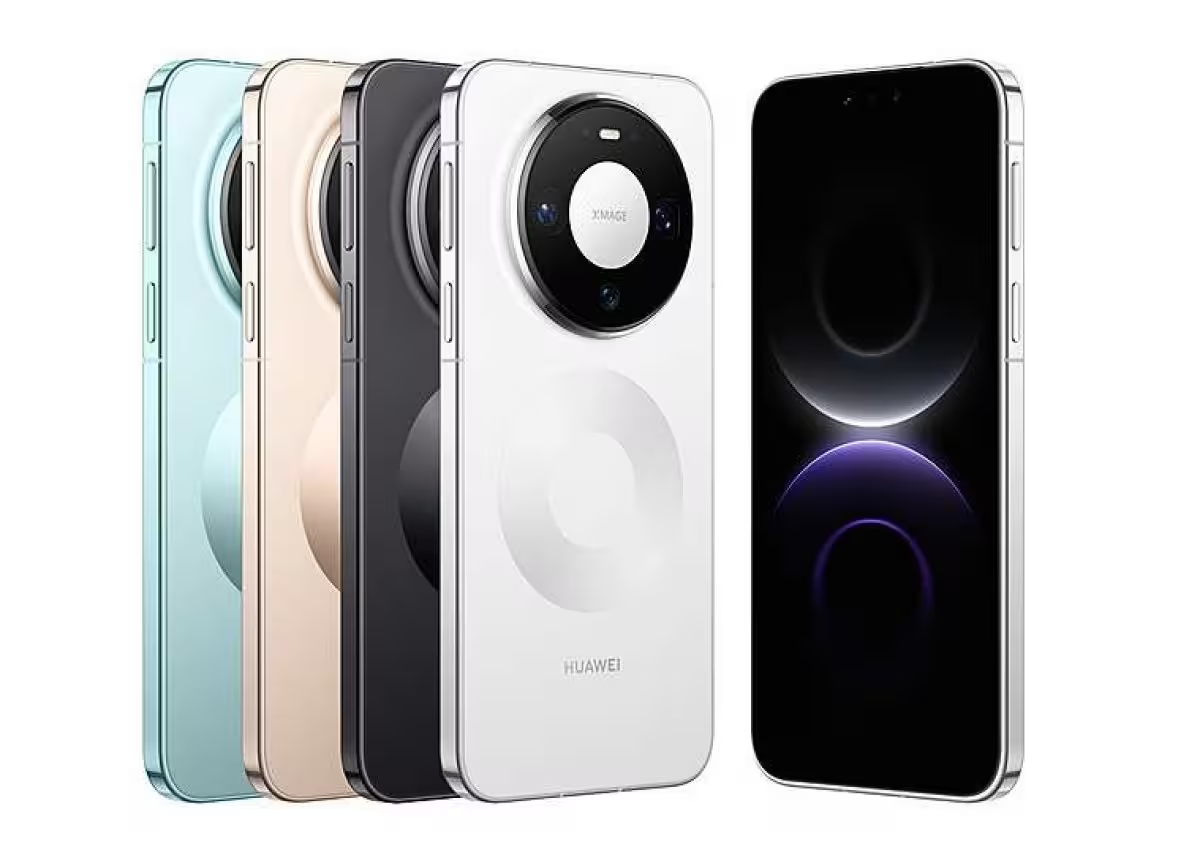
Performance: Kirin power, but different tiers
The Mate 80 and Mate 80 Pro are powered by Huawei’s in-house Kirin silicon. The Mate 80 runs on the Kirin 9020, while the Mate 80 Pro steps up to the Kirin 9030 — which Huawei says delivers a notable performance boost over the non‑Pro chip. Memory options start at 12 GB RAM for both phones and top out at 16 GB on higher trims. (A Mate 80 Pro Max variant uses an even faster Kirin 9030 Pro and ships with 16 GB RAM only.)

Battery and charging: big cells, faster Pro charging
Both models share a huge 5,750mAh battery, giving them strong endurance on paper. Charging speeds are the main differentiator:
- Mate 80: 66W wired, 50W wireless
- Mate 80 Pro: 100W wired, 80W wireless
That means the Pro charges significantly faster both wired and wirelessly, making it the better choice for heavy users who need quick top-ups.

Camera systems: similar foundation, different telephotos
Imaging is an area where Huawei mixes shared hardware with clear distinctions. Both phones use a triple-camera array on the back and a 13MP autofocus selfie camera (f/2.0). They also benefit from Huawei’s second‑generation Red Maple imaging chip for improved color tuning and processing.
Mate 80 camera setup
- 50MP wide camera with a variable aperture (f/1.4–f/4.0) and a 1/1.28-inch RYYB sensor
- 40MP ultra-wide, f/2.2
- 12MP 5.5x periscope-style zoom (125mm, f/3.4)
Mate 80 Pro camera setup
- Same 50MP wide and 40MP ultra-wide units as the Mate 80
- Improved telephoto: 48MP sensor with 4x (≈92.5mm) optical reach and a brighter f/2.1 aperture for better long-range shots
In short: both phones should deliver strong daytime and low-light photos, while the Pro gives you cleaner, brighter telephoto shots.
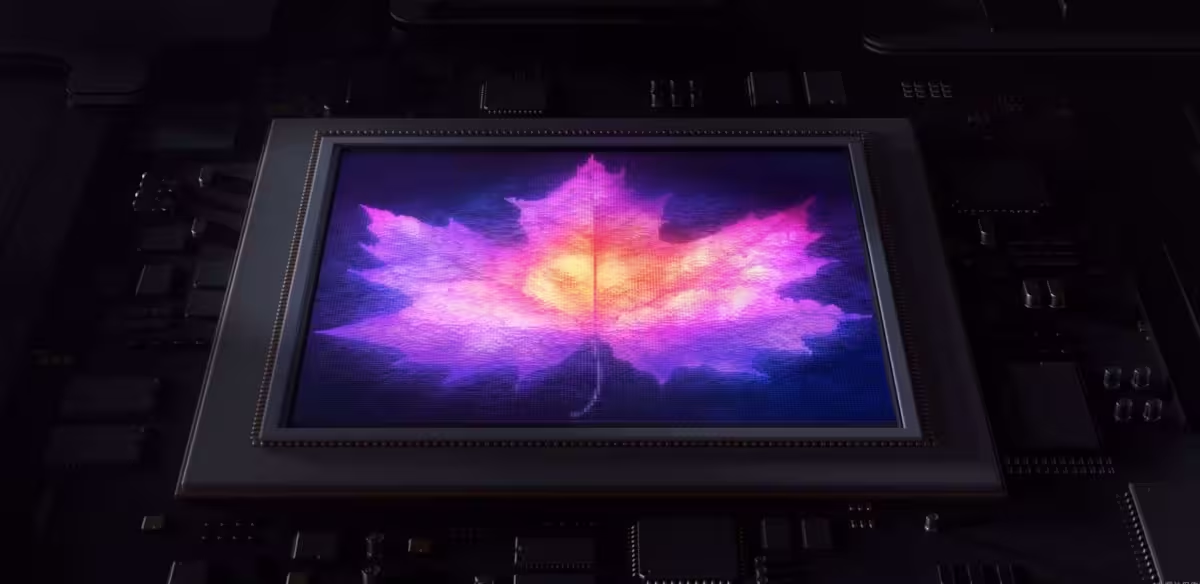
Extras: biometrics, satellite comms and software
Both devices include a 3D ToF module for face scanning and a side-mounted fingerprint sensor. Satellite communication support is present on both models — a useful fallback in remote situations. They ship with HarmonyOS 6, bringing a refreshed interface and a set of AI-powered features intended to improve multitasking, battery management and camera processing.
Pricing and availability
Huawei announced the following launch prices in China (CNY):
- Huawei Mate 80 — 12/256GB: CNY 4,699; 12/512GB: CNY 5,199; 16/512GB: CNY 5,499
- Huawei Mate 80 Pro — 12/256GB: CNY 5,999; 12/512GB: CNY 6,499; 16/512GB: CNY 6,999; 16GB/1TB (Pro Max tier): CNY 7,999
 | 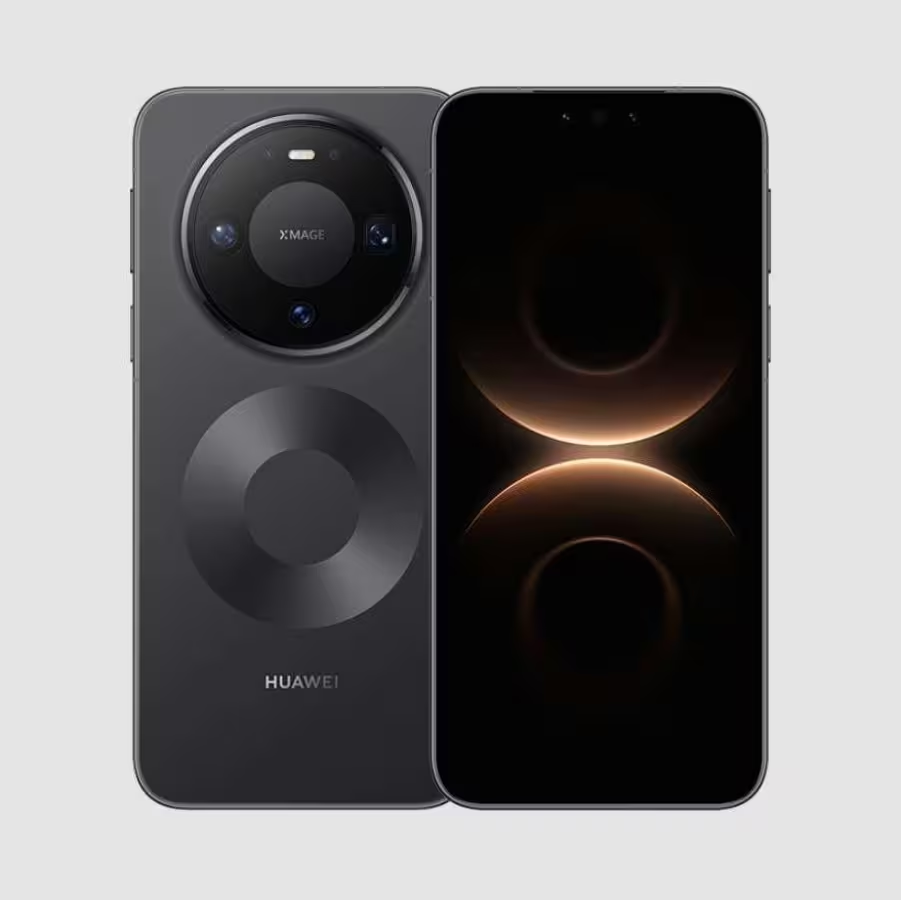 | 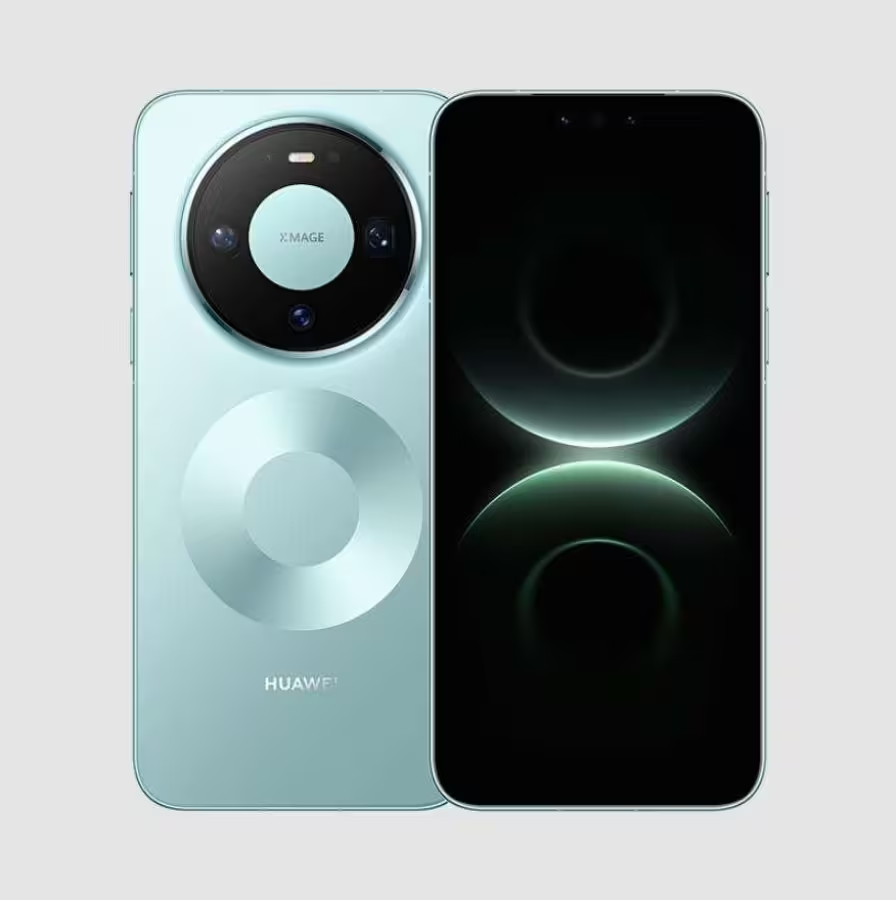 | 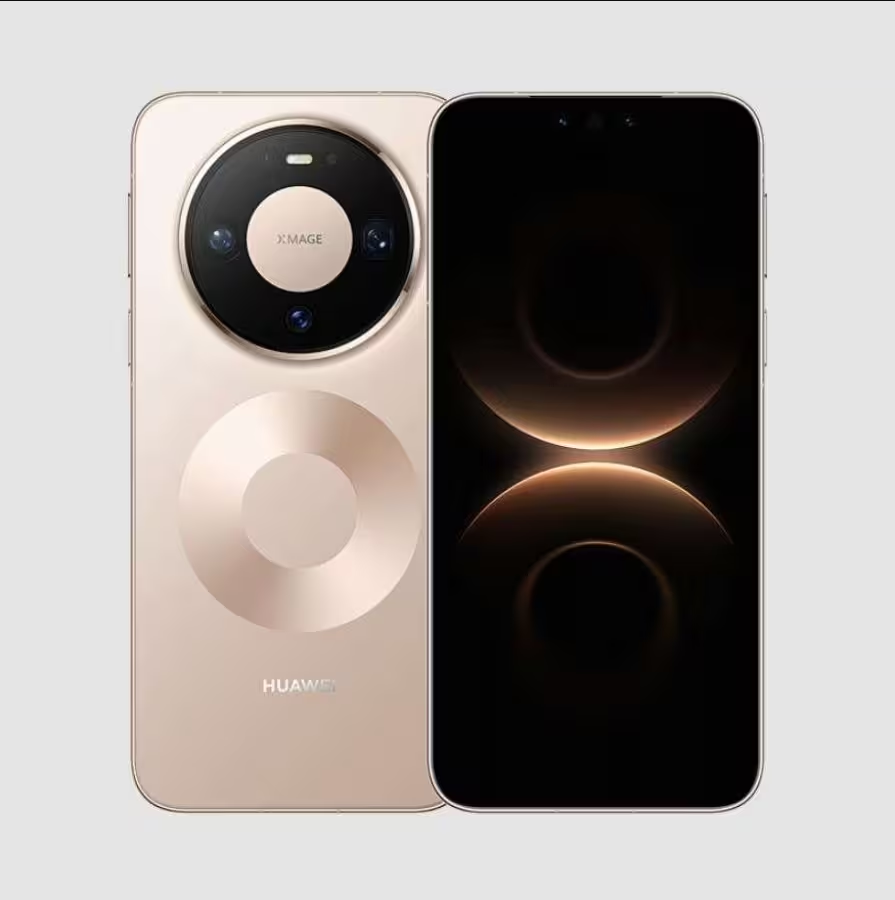 |
Global availability and final pricing will vary by market. Huawei typically staggers regional launches, so expect official euro, dollar and rupee pricing to follow local carrier and retailer announcements.
If you want the fastest charging and a superior telephoto camera, the Mate 80 Pro is the clear pick. The standard Mate 80 still delivers the same large display, the same huge battery capacity and strong imaging hardware at a lower entry price — a compelling balance for many buyers.
Source: gsmarena
Comments
KaLox
Specs look solid, but where are the real-world benchmarks? Kirin 9030 sounds nice, yet app support on HarmonyOS still a worry, pricing seems steep, meh
signalix
Whoa, 8,000 nits? if that’s real the screen will blind you in sunlight lol… 100W wired and 80W wireless too? Huawei going all-in, curious about heat tho

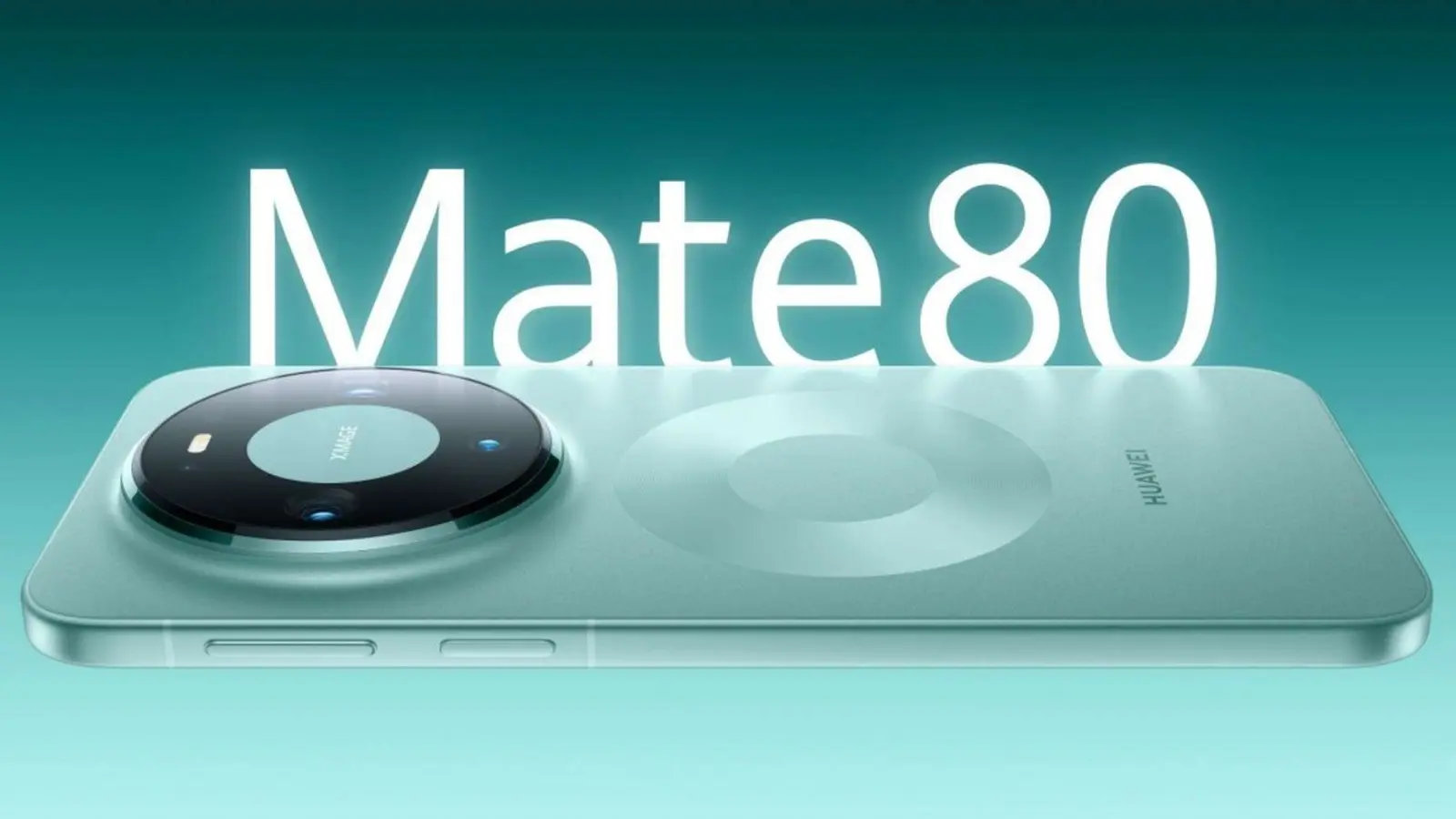
Leave a Comment